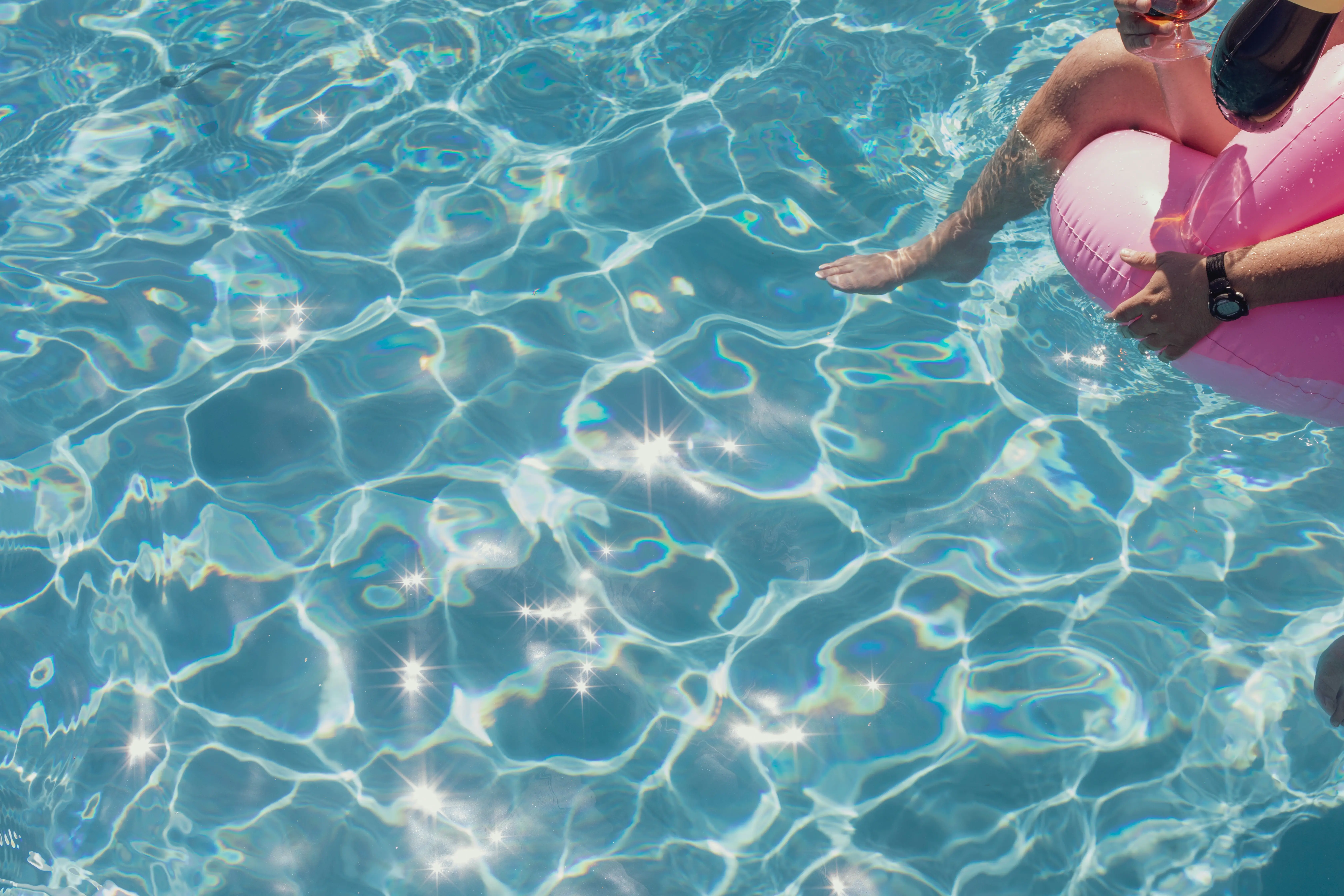ORP is a common measurement in the swimming pool. It lets you know if the pool is disinfectant. The pool’s ORP level must be within a specific range, neither too high nor too low. We will see how to increase the ORP rate in a salt, chlorine, or bromine pool.
Compatibility. ORP measurement only works in swimming pools treated with Chlorine, Salt, Bromine, or Active Oxygen.
Measuring ORP level in a pool
The pool’s ORP is measured with a dedicated probe. The measurement obtained is expressed in mili-volts (mV). Unlike other pool measurements such as TAC, or Free Chlorine, this is not a reactive chemical test with a color. The probe gives an accurate value directly.
The ORP of a swimming pool should always be between 650mV and 750mV.
Lifetime. An ORP sensor does not have an unlimited lifespan. Manufacturers often mention a lifespan of between 2 and 5 years. Note that you can calibrate the probe. It is also recommended to do this once a year, during the summering of the pool, at the start of the season.
ORP too low in the pool
The pool’s ORP is too low when it goes below 650mV.
Below 650mV, there is a risk that the water will no longer be sufficiently disinfectant. It means that bacteria and microorganisms are no longer destroyed quickly enough. There may then be bacterial proliferation, algae, and green water. Therefore, it is forbidden to use the pool when the ORP is too low. You should also clean the green water ASAP.
However, be careful! The ORP varies according to the pH. We saw it in the post dedicated to Active Chlorine, Free, and ORP. The higher the pH, the lower the ORP in a chlorine pool. It is the opposite with a brome-disinfected swimming pool.
The first thing to do when the ORP in the pool is too low is to check the pH level. If it is not optimal (below 7.6 in a chlorine pool), its pH is too high and must be lowered. Click here to see ways to lower pH.
If the pH is good, then the pool lacks disinfectant: Chlorine, Bromine, or Active Oxygen. Click here to see how to add chlorine to the pool when it is too low.
What to do with a swimming pool ORP that is too high
The pool’s ORP is too high when it goes above 750mV.
Above 750mV, the pool has too much disinfectant. The water could then become irritating to the skin or the respiratory tract. You should not use the pool when the ORP is too high.
Like with a too-low ORP level, you must first check the pool’s pH. In a chlorine pool, if you have a low pH and a high ORP, you only have to raise the pH. The higher pH will decrease the amount of active chlorine, and the ORP will decrease. In a Brome pool, it is the opposite.
The 2nd element to check when you have a too-high ORP level is the chlorine stabilizer. Chlorine stabilizers can be used in a Chlorine or Salt pool. When the pool has too much chlorine stabilizer, the ORP can be falsely too high. We then mistakenly think that there is too much chlorine, we remove it, and the pool turns green. Check the chlorine stabilizer level before proceeding. Click here to learn more about chlorine stabilizers (Coming Soon).
If the pH and chlorine stabilizer are good, the pool has too much sanitizer. You can therefore lower Chlorine or Bromine by using a neutralizer or wait for the sun to destroy chlorine in the pool. Click here to see how to lower the chlorine too high in the pool.
How to fix an unstable ORP
The ORP of the swimming pool varies all the time. It is normal for the ORP to be relatively unstable. It varies according to exposure to UVs and pH, which also varies.
If the ORP varies within a range of 50mV during the day, there is not necessarily any action to take.
If the variation is greater, checking that the pool is earthed is necessary. Also, check that you use probes with gold electrodes, which are more reliable than probes with platinum electrodes, especially for salt pools.
The ORP rate of a salt pool is the same as a chlorine pool. It must be between 650mV and 750mV.
There are several ways to increase the ORP of the pool: lower the pH, add chlorine, or add bromine.
